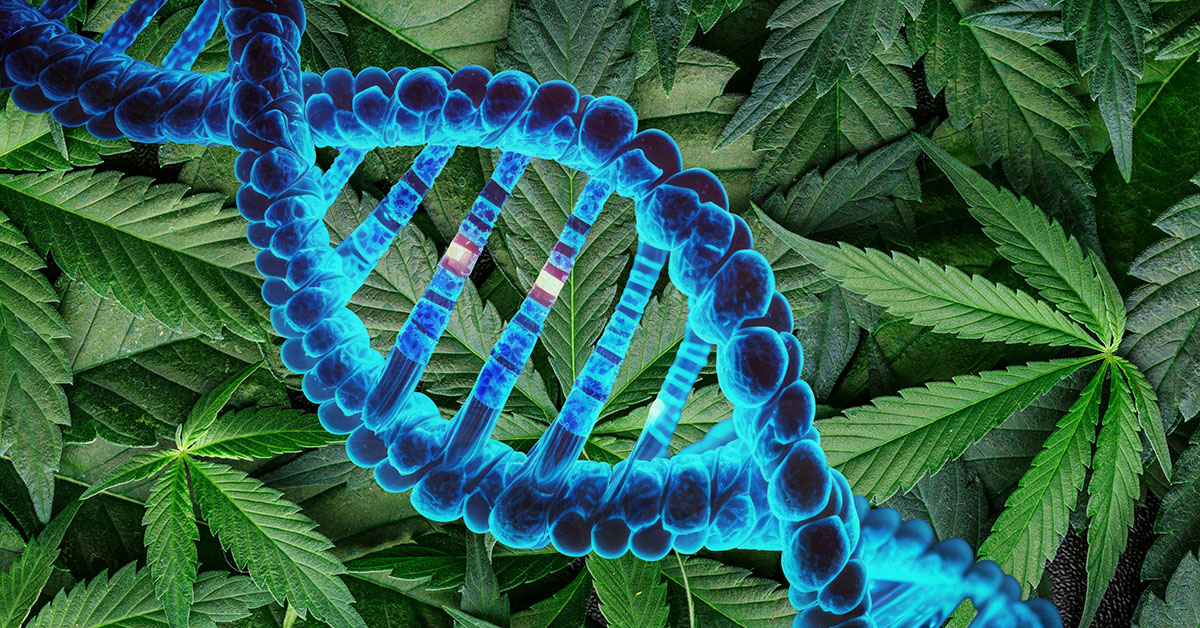It’s invisible, it’s lethal, and it’s been with us for decades, but carbon monoxide poisoning can now be fought with the first-ever antidote that rapidly removes the toxic molecule from the bloodstream.
Carbon monoxide or CO, poisoning accounts for 50,000 emergency room visits in the US each year and causes about 1,500 deaths, each one being lamented as a shameful waste and tragic oversight.
Currently, the only treatments for CO poisoning are oxygen-based therapies, which help the body eliminate the toxic gas. However, even with treatment, nearly half of survivors suffer long-term heart and brain damage. This has created an urgent need for faster, more effective interventions.
In a study published by University of Maryland School of Medicine (UMSOM) in PNAS, the research team developed a new engineered protein-based therapy called RcoM-HBD-CCC, which acts like a sponge to soak up carbon monoxide from the blood.
RcoM (short for “regulator of metabolism”) is a natural protein isolated from the bacterium Paraburkholderia xenovorans which uses it to sense minute levels of carbon monoxide in its environment.
The researchers engineered a version that is highly selective, grabbing CO without interfering with oxygen or other important molecules in the bloodstream like nitric oxide, which is vital for the regulation of blood pressure.
In tests on mice, the new therapy worked quickly to remove CO from red blood cells and was safely flushed out of the body through urine.
CO is known commonly as the “silent killer,” because this odorless, invisible gas, typically released from combustion sources, including stovetops, propane heaters, car exhausts, and firewood, poisons in a gradual manner that isn’t immediately obvious to the victim.
MORE FIRST AID ADVANCES: Revolutionary Antidote Neutralizes Venom of 19 of World’s Deadliest Snakes–Thanks to Man Who Immunized Himself
In healthy bodies, oxygen inhaled from the air binds to the protein hemoglobin on the surface of red blood cells, which then ferry the oxygen to all the tissues of the body. CO however, competes with oxygen for hemoglobin. It enters the bloodstream and binds to hemoglobin with a 200 to 400-fold greater affinity than oxygen. That means CO hogs most of the hemoglobin seats, so not enough oxygen molecules can get a ride to the tissues that need them.
Currently, the only available treatments for carbon monoxide poisoning involve giving 100% pure oxygen, sometimes under pressure in a hyperbaric chamber.
All too often, patients are not transported, diagnosed, and treated in time to reverse the effects of CO poisoning, which can cause lasting cardiac and neurological injuries or even death.
MORE HOUSEHOLD TOXINS DEFEATED: Flint Finishes Replacing 11,000 Lead Pipes, Concluding Activists’ Decade-Long Effort to Secure Clean Water
Infused in the bloodstream, scavenger hemoproteins like RcoM-HBD-CCC rapidly bind to carbon monoxide molecules, reducing the time it takes to clear half of the carbon monoxide in the blood to less than a minute, compared to more than hour with pure oxygen therapy and five hours without any treatment.
A potential drawback the researchers were aware of is that so-called “scavengers” like RcoM also have an affinity for oxygen, and so may uptake the nitric oxide mentioned earlier. This can cause wild and potentially unsafe changes in blood pressure, but RcoM-HBD-CCC caused no such side effects.
“Unlike other protein-based treatments, we found the compound caused only minimal changes in blood pressure, which was an exciting finding and raised the potential for this new molecule to have clinical applications,” said study corresponding author Mark T. Gladwin, MD, Dean of UMSOM.
ALSO CHECK OUT: New Tuna Packaging Seen to Reduce Mercury Levels by 35%, Though it May Not Be Necessary
“This has the potential to become a rapid, intravenous antidote for carbon monoxide that could be given in the emergency department or even in the field by first-responders.”
Future studies will likely include more pre-clinical research to determine the safe and effective dosage range for RcoM-HBD-CCC in treating carbon monoxide poisoning. It could also form the basis for new research in other fields, including as an oxygen delivery therapy or blood substitute. This could include hemorrhagic shock, acute respiratory distress syndrome (ARDS), severe anemias, and the preservation of organs for transplantation.
SHARE The Story Of This Long-Awaited Cure For A Long-Suffered Toxin…
First Appeared on
Source link












